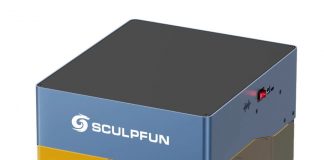Created in 1996 by Sony, the VAIO brand became independent in 2014 and many did not foresee a rosy future for it. If the logo no longer appears much in our countries today, the brand has not lost its aura or its know-how. The reason is quite simple. While VAIO no longer benefits from Sony’s marketing, it has retained its engineers and continues to develop impressive machines. The VAIO SX12 is one of them.
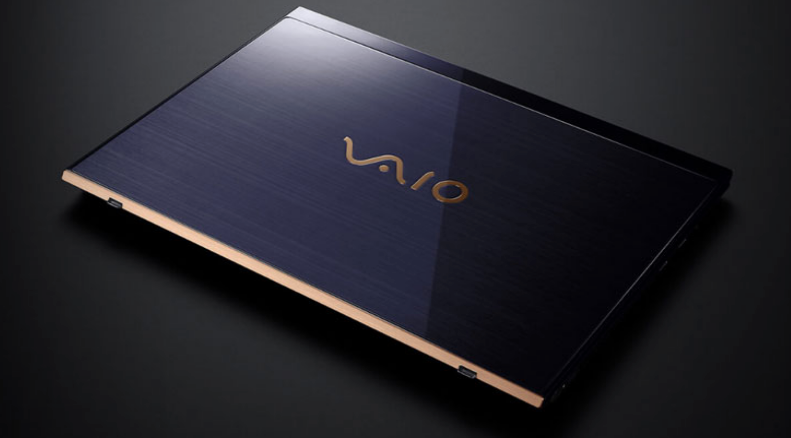
This is an ultraportable 12.5″ FullHD IPS thin-edged IPS that replaces the S11 in the manufacturer’s range. The VAIO SX12 is intended for the general public and what it offers goes against the trend of almost all current productions. The core of the machine is relatively classic since there is a fairly wide range of Intel processors from the Celeron 4205U to the Core i7-8565U and including the i3-8145U and i5-8265U. The RAM oscillates from 4GB to 16GB of DDR3L and the storage consists of an SSD. Entry level models will be satisfied with a SATA 3 from 128 to 256 GB. Core i5/i7 models can target up to 1 TB in PCIe NVMe. Communication by Wifi5 is required, associated with a Bluetooth 4.1. A GPS module is integrated on all models except the Celeron version. An optional 4G module is available. A fingerprint reader associated with a TPM module is also present.
In short, the VAIO SX12 does not stand out especially on these workstations. It is the side work on this too rare diagonal of 12.5″ that changes the deal. Starting with the connectivity which is just exceptional on this machine.
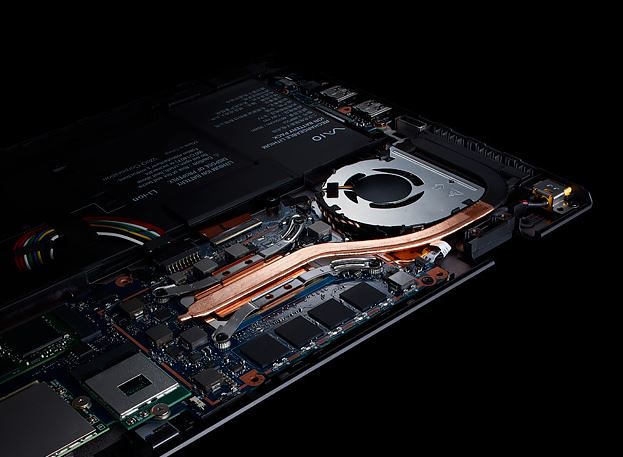
On the right are a VGA port (1920 x 1080), a deployable RJ45 Gigabit port, a full-format HDMI port (4096 × 2160/24 Hz), a Type-C USB port (4096 × 2160/30 Hz), a full-format USB 3.0 and an SDXC card reader.
On the left is a power jack port; a Kensington Lock anti-theft port, two additional USB 3.0 type-A and a classic 3.5 mm audio jack for headphones and microphone. In short, everything you could dream of to work with a machine of this type. The USB Type-C port is compatible with data display, Ethernet communication and Power Delivery power supply. The power supply unit supplied is an ultra-compact 200-gram module, it supplies power to a fast rechargeable battery. According to VAIO, one hour of connection provides up to 11 hours of autonomy for the machine. A full charge passes this endurance at 14.5 hours. I have some doubts about these figures, it must be a laboratory measurement and not a real use of the device, you can probably remove a few hours on the actual result of the solution.
The VAIO SX12’s technical data sheet still indicates some precise and interesting elements: Charging the machine with a 20000 mAh 24 Wh Power Delivery battery will be possible, in 3.5 hours you can get your PC back on its feet. A battery of this type will recharge your 12.5″ twice. A standard 10000 mAh battery, not Power Delivery, will also be compatible. It will not allow you to recharge your device but will extend its use for 3.5 hours. The brand also specifies that a conventional smartphone charger, in 5V and 1.5A, will take you 7.5 hours to fully restore the battery of the VAIO SX12. Details that we would like to be able to read more often on the technical data sheets of other brands because they can really be decisive when buying a laptop.
Other positions are impressive, such as space optimization work. The VAIO SX12 is the same size as the previous S11 of the brand. The difference between the two? The S11 was an 11.6″en 1920 x 1080 pixels, the SX12 keeps the same definition but offers a slab of 12.5″ matt in the same template. The narrower edge formula was used. The upper edge thus increases from 19.46 mm to 16.11 mm. The one of the sides from 12.24 mm to 4.97 mm.
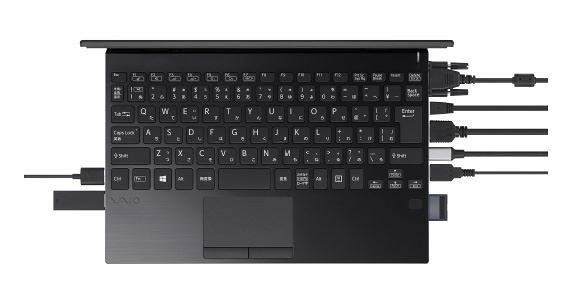
Why keep such a space on the top of the machine when other brands also reduce this position to a minimum? VAIO indicates that this is a deliberate choice to optimize the quality of the Wifi and 4G radio signal. The ultraportable’s antennas are deployed in this upper edge alongside a classic HD webcam.
The other element that makes the most of space is the Chiclet keyboard. The key spacing is reduced from 16.95 mm to 19 mm and exploits almost the entire low chassis.
Retro-lit, the keyboard is not painted but drilled in the surface of the keys for great durability. In use, the design of the keys but also the letters will be illuminated. The touchpad is multipoint and is located above its right and left buttons. Physical buttons positioned to be easily accessible to the thumb.
The keyboard lifts up in the same way as the keyboards of Asus laptops. The tilting of the screen hinge positions two pins under the frame to remove it from its support. This results in a more pronounced keyboard angle and the bottom of the chassis is lifted off to improve the dissipation of the machine.
Available in black, silver, brown or pink but also in two special finishes (All black and carbon). The VAIO SX12 is delivered under Windows 10 64 bits. It weighs between 888 and 897 grams depending on the model. It measures 28.78 cm wide by 20.33 cm deep and from 15.7 to 18 mm thick.
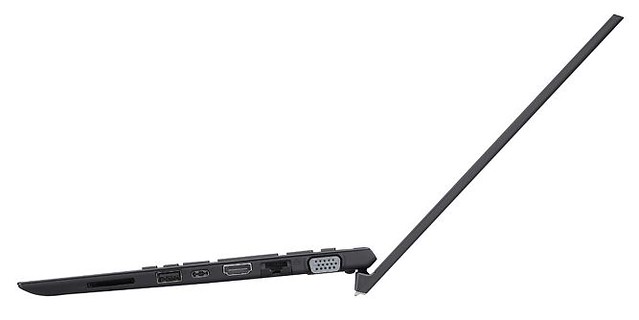
What can we conclude from this model? That it is possible to manufacture an ultraportable computer that is compact, durable, ergonomic and with real connectivity by 2019? We already knew this, but VAIO is proving it brilliantly. Remain the price, the machine is obviously not given…. in basic version Celeron + 4Go and 128GB without 4G modem you have to count on 1000€ HT for this VAIO SX12. The most expensive model, in Core 17, 16GB 1TB 1TB PCIe with 4G modem is traded at €2760 excluding tax… These prices are for standard Qwerty keyboard versions sold in Japan. The price is a bit steep but the brand shows here all its know-how.



